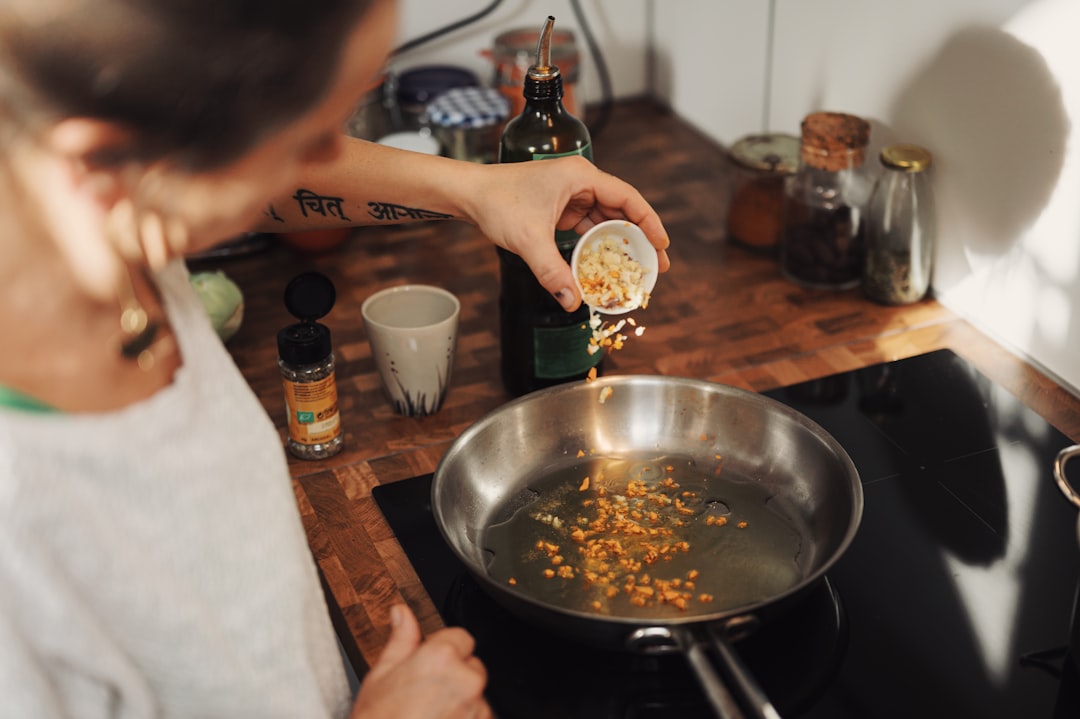What is it about?
A food product contains different molecules with high nutritional and sensorial value. Bioactive compounds such as phenolics, carotenes, and vitamins, as well as pigments, exhibit high sensitivity and low stability towards intrinsic and extrinsic conditions such as pH, metallic ions, water activity, dissolved oxygen, and temperature. In the drying industry, the preservation of freshness notes of the food product forms the main challenge. Molecular hydrogen (H2) is known for its selective antioxidant activity and its ability to diffuse through different tissues and biomembranes thanks to its smallest molecular size and lipophilic property. In this work, we used hydrogen gas, carbon dioxide, and nitrogen in a gaseous formulation for drying apricot fruit. While carbon dioxide acts as an antimicrobial agent to lower the microbial loads, hydrogen could preserve the color and bioactive compounds of the product. This novel drying technique showed also better preservation property of the color attributes when compared to freeze-drying.
Featured Image

Photo by K8 on Unsplash
Why is it important?
In this work, for the first time, a hydrogen-included atmosphere was used in the drying process. The explosion risk of hydrogen was overcome by using a low level of hydrogen (lower than 4%) with the use of diluting agent (Nitrogen). The use of low temperature (lower than 60 C) as well as a reducing gas (H2) in the absence of oxygen provided optimal conditions to preserve the valuable bioactive compounds and freshness notes of the food product.
Perspectives
I hope this novel technique of drying can help industries to improve the quality of their products by using this cost-effective process to preserve the freshness and the valuable nutrients of food products.
Prof. Duried Alwazeer
Igdir Universitesi
Read the Original
This page is a summary of: Reducing atmosphere drying as a novel drying technique for preserving the sensorial and nutritional notes of foods, Journal of Food Science and Technology, June 2019, Springer Science + Business Media,
DOI: 10.1007/s13197-019-03850-2.
You can read the full text:
Contributors
The following have contributed to this page










